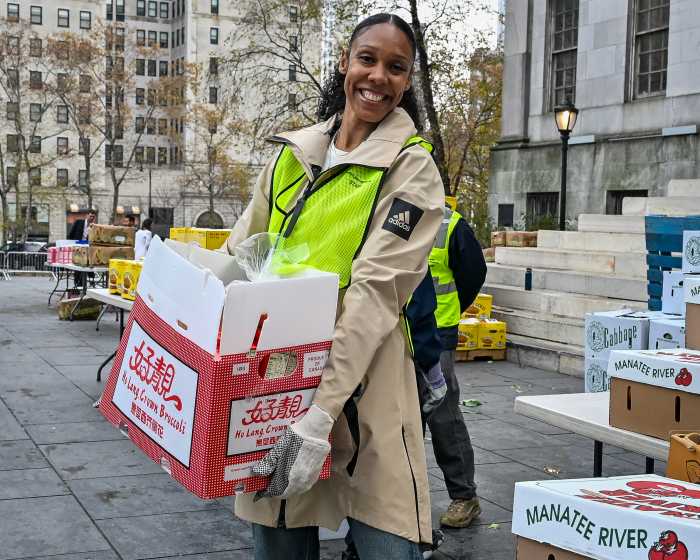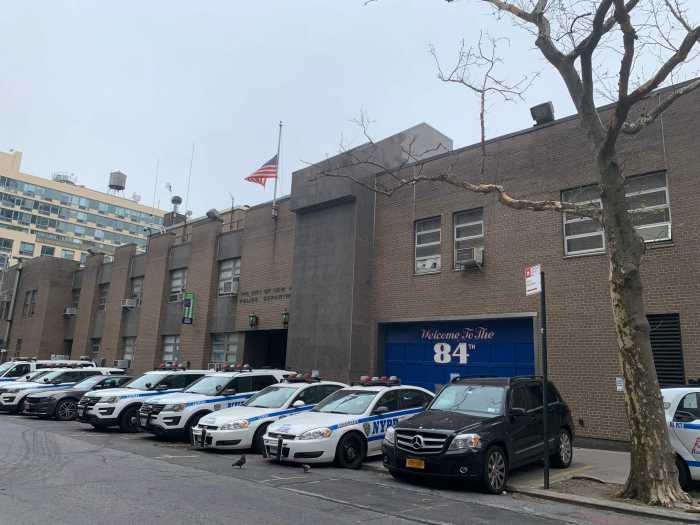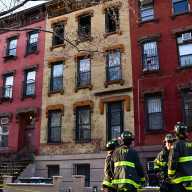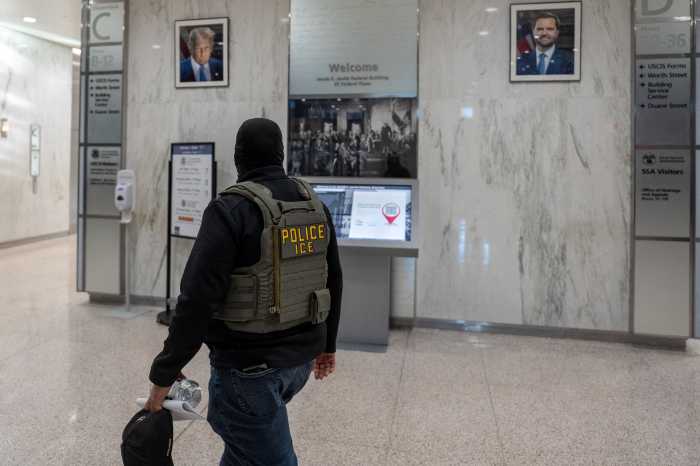To see Brooklyn Heights now is practically to see it as it was 30 years ago, if not more.
With a landmark designation and a height restriction of 50 feet imposed in the mid-1960s, development of luxury high rises that have come to dominate neighborhoods from Williamsburg to Downtown Brooklyn to DUMBO have been impossible in Brooklyn Heights.
But that doesn’t mean that Brooklyn Heights hasn’t participated in the borough’s growth.
The neighborhood’s resurgence began with One Pierrepont Plaza. That project, Forest City Ratner’s first in the borough, kicked off not only the development of Downtown Brooklyn, but also provided a cautionary tale for the neighborhood. For years, the borough president’s office had promised that the parking lot on which the development was built would become a hotel, not the home for Morgan Stanley that it would eventually become.
From that battle, the Brooklyn Heights Association learned that it was important to dictate some of the terms of neighborhood debate with government officials, not simply react to what was imposed on them. Therefore, when ideas were kicked around for revitalizing the neighborhood’s waterfront, the BHA already had commissioned a plan calling for a park — instead of, say, housing.
That park was much smaller then — just piers 1–5. Eventually Pier 6 was added, along with park space to the north, making Brooklyn Bridge Park.
The restrictions on construction have not only maintained the architectural integrity of the neighborhood, but the upscale nature of it as well. The price of real estate has catapulted — whether it’s rent or property taxes for small businesses in the neighborhood.
As prices have gone up, small merchants have been forced out. Butcher shops and five and dimes have given way to the Gap, Starbucks and Brown Harris Stevens.
“We didn’t have Banana Republic 30 years ago,” said Judy Stanton, executive director of the Brooklyn Heights Association.
Jennifer Convertibles was the first national chain in the neighborhood, Stanton recalled. That inspired others to follow, but given the relatively small storefronts, only chains of a certain size can find suitable space.
“Residents are supportive and want independent retailers and unique boutiques,” in the neighborhood, but with the high cost of rent and taxes, it’s hard for businesses other than chains to support themselves there, Stanton said.
Time was, Brooklyn Heights families would stash their children in private school before shuffling off to the suburbs. Now, “families are staying around and banding together,” Stanton said. PS 8, for example, is crowded now and parents, who had largely overlooked the public school, are now more involved in it.
Those families are also excited about the opening of the first phases of Brooklyn Bridge Park, scheduled for early 2010. They’re thrilled about having access to the waterfront and a place to bring their children.
“What’s not to like about that?” Stanton said.
— Michael P. Ventura

























